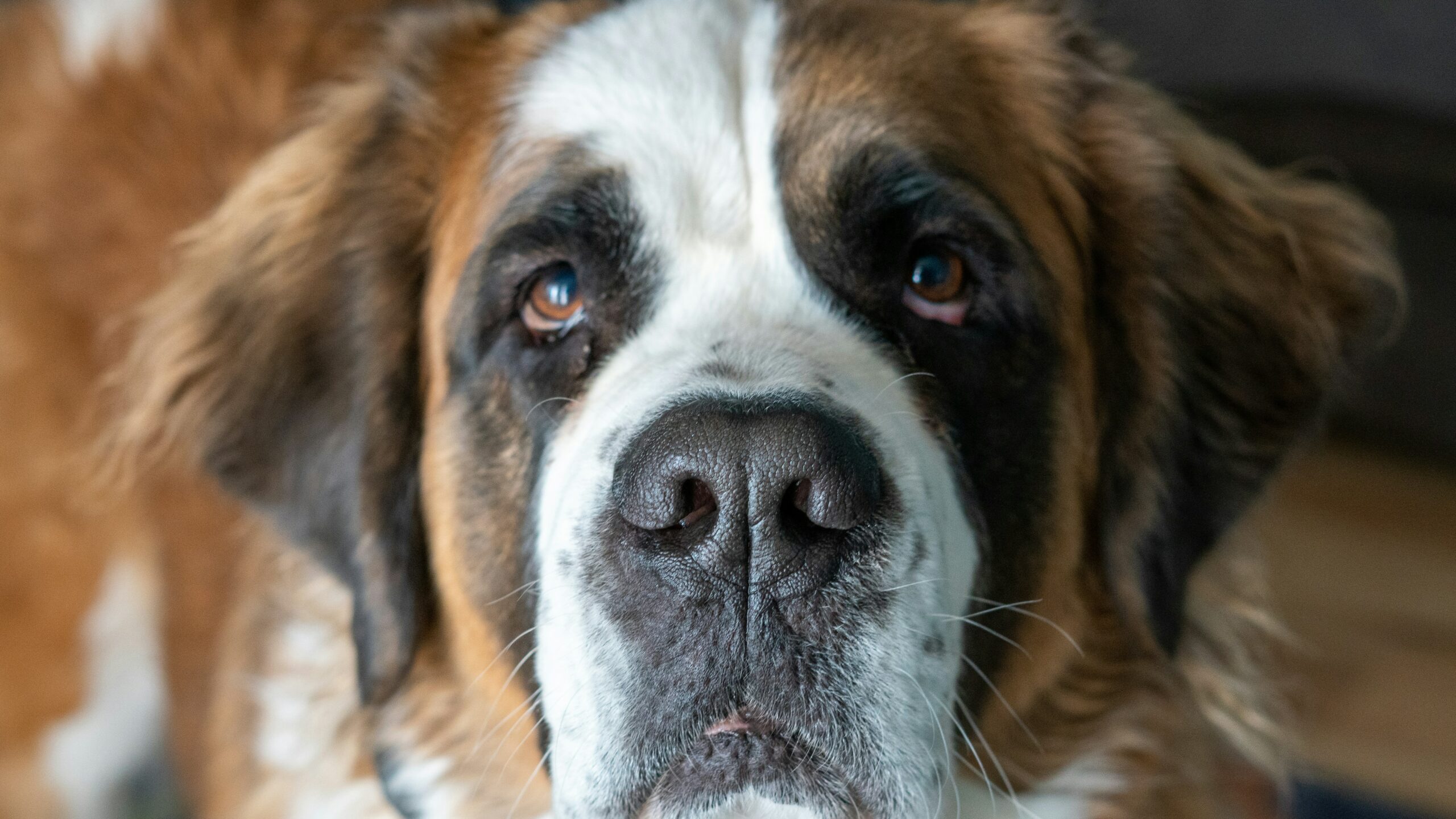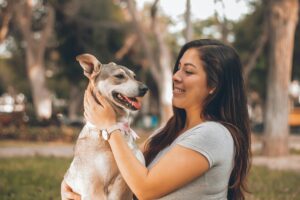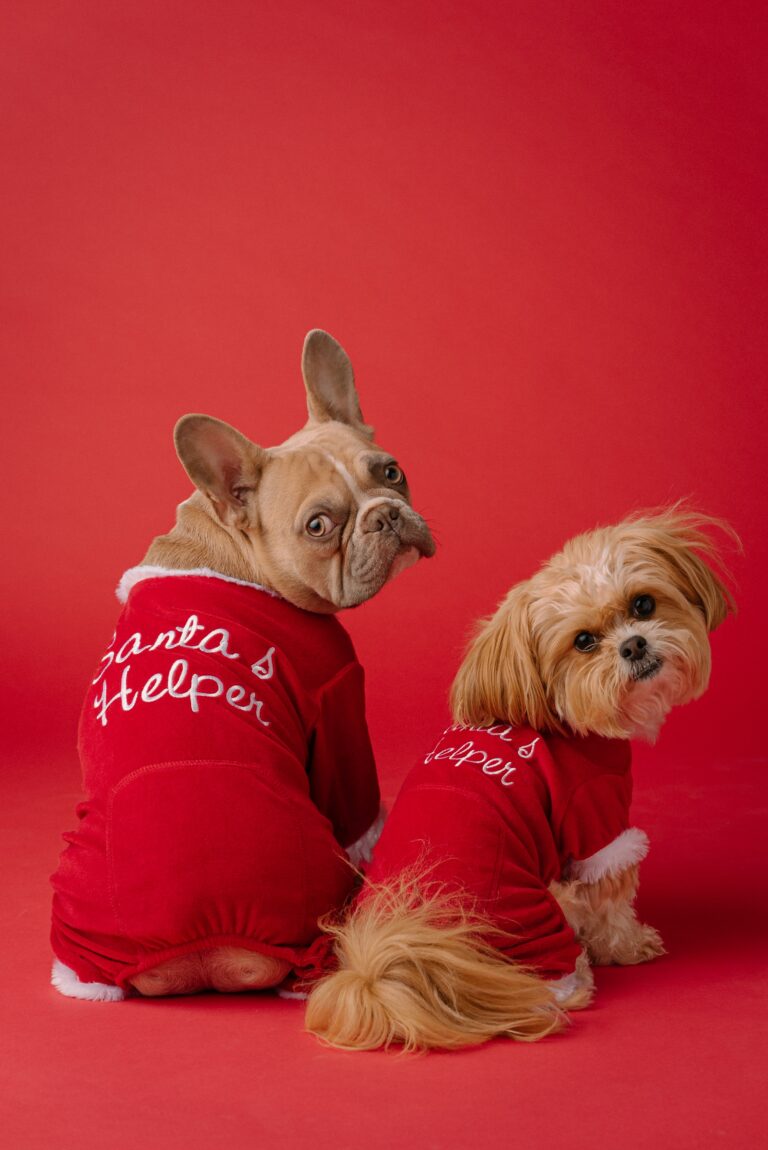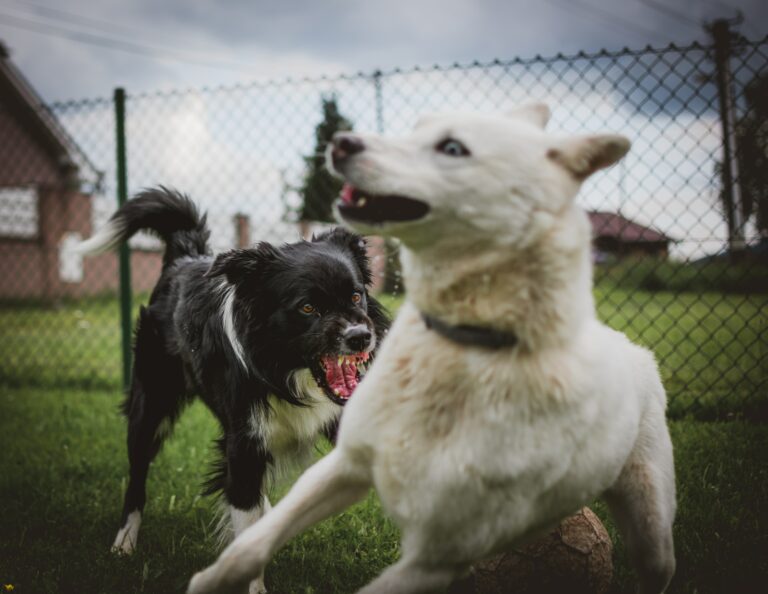Preventing Bloat in Dogs: Understanding, Recognizing, and Taking Action
Preventing Bloat in Dogs: Understanding, Recognizing, and Taking Action
Learn about bloat in dogs. Preventing it, understanding, recognizing, and taking action. Bloat is a serious medical emergency, and how to prevent it through dietary adjustments, feeding practices, and managing anxiety and stress.
What is Bloat in Dogs and Its Impact
Bloat in dogs, also known as gastric dilatation-volvulus (GDV) complex, is a serious and life-threatening condition that requires immediate attention. This condition occurs when the stomach fills with gas or fluid and twists on itself, leading to a range of detrimental effects on the dog’s health. The impact of bloat can be severe, causing pressure build-up, shock, and potential death if not addressed promptly.
It’s important for dog owners to recognize the signs and symptoms of bloat in order to seek timely veterinary care. The rise in heart rate, weak pulse, and signs of shock are alarming indicators of bloat that should prompt immediate action. Additionally, symptoms such as a bloated painful abdomen, retching, restlessness, shallow breathing, weakness, rapid heart rate, and collapse are crucial signals that necessitate urgent medical attention. By understanding these symptoms and recognizing the risk factors associated with certain dog breeds, owners can take proactive steps to prevent and address bloat in their beloved pets.
Understanding the Signs and Symptoms of Bloat
Bloat in dogs, also known as gastric dilatation-volvulus (GDV), is a life-threatening condition that demands prompt attention. Recognizing the signs and symptoms of bloat is crucial for dog owners to ensure early intervention. Signs of bloat can include a rise in heart rate, a weak pulse, and the onset of shock, indicating the urgency of the situation.
In addition to the signs mentioned, the symptoms of bloat in dogs encompass a range of distressing indicators. These symptoms may include a visibly bloated and painful abdomen, repeated attempts to vomit without producing anything, restlessness, shallow breathing, weakness, a rapid heart rate, and ultimately, collapse. Furthermore, certain dog breeds, particularly large breeds with deep chests, are inherently predisposed to bloat. Factors such as rapid eating, consuming a single large meal per day, and having a family history of the condition can heighten the risk of bloat in these at-risk breeds. For instance, Great Danes, Saint Bernards, and Weimaraners are among the breeds with a higher susceptibility to bloat due to their deep chests, and understanding these breed-specific risks can aid in proactive prevention.
 Recognizing and Addressing Bloat in Dogs
Recognizing and Addressing Bloat in Dogs
When it comes to recognizing and addressing bloat in dogs, it’s crucial to be vigilant about the emergency signs that require immediate veterinary attention. Signs of bloat such as a bloated painful abdomen, retching, restlessness, shallow breathing, weakness, rapid heart rate, and collapse should never be ignored. If any of these symptoms are observed, it is imperative to seek urgent veterinary care to assess the severity of the condition and determine the appropriate course of action.
Moreover, understanding the treatment options for bloat is essential for dog owners. Once a dog is diagnosed with bloat, the treatment may involve stabilizing the dog and then proceeding with surgical procedures to deflate and reposition the stomach. In some cases, veterinarians may recommend a preventive surgical gastropexy to reduce the risk of recurrence. By being informed about these treatment modalities, dog owners can make better decisions and take swift action to ensure the well-being of their pets. Additionally, staying proactive and taking preventive measures can significantly contribute to addressing bloat in dogs. It involves being mindful of dietary factors, feeding practices, and potential triggers of anxiety and stress, all of which can influence the likelihood of bloat occurrence.
 Preventive Measures and Risk Factors for Bloat
Preventive Measures and Risk Factors for Bloat
Diet plays a crucial role in the prevention of bloat in dogs. Feeding a single large meal once a day is a known risk factor for bloat, as it can lead to the stomach filling with air or fluid, increasing the likelihood of gastric dilatation-volvulus (GDV). In contrast, spreading meals across the day can help reduce the risk of bloat by minimizing the volume of food ingested at once and allowing for better digestion. This feeding practice can be particularly beneficial for large, deep-chested dog breeds that are more susceptible to bloat.
In addition to feeding practices, the type of food and its composition can also impact the risk of bloat. Foods high in fat or oils may delay gastric emptying and contribute to the development of bloat. Therefore, dog owners should consider the nutritional content of their pet’s diet and opt for high-quality, easily digestible foods to reduce the risk of bloat. Furthermore, the use of slow feeder bowls can be an effective preventive measure as it encourages dogs to eat more slowly, reducing the likelihood of swallowing excessive air while consuming their meals.
Moreover, it’s important to address anxiety and stress in dogs as these psychological factors can also contribute to the risk of bloat. High-stress situations or anxiety can lead to abnormal eating patterns, rapid consumption of food, and gastrointestinal disturbances, all of which can increase the likelihood of bloat. Therefore, providing a calm and stress-free environment for dogs during meal times and incorporating regular exercise and mental stimulation can help mitigate the risk of bloat associated with anxiety and stress. By considering these dietary factors, feeding practices, and psychological aspects, dog owners can take proactive steps to prevent the occurrence of bloat and safeguard their pet’s well-being [3, 5].
Steps to Prevent Bloat in Dogs
Preventing bloat in dogs involves a multifaceted approach to ensure the well-being of our canine companions. In addition to dietary adjustments and feeding practices, it is important to address anxiety and stress, as these factors can contribute to the risk of bloat [3, 5]. For example, some dogs may experience heightened stress during thunderstorms or fireworks, which can impact their eating habits and potentially increase the likelihood of bloat. Therefore, creating a calm and soothing environment during these events can help prevent stress-related bloat triggers.
Moreover, specific feeding practices play a pivotal role in bloat prevention. For instance, using slow feeder bowls can significantly reduce the speed at which a dog consumes its meal, minimizing the intake of air and the risk of bloating. Additionally, spreading meals across the day rather than providing one large meal can aid in preventing bloat, as it helps to manage the stomach’s capacity and reduce the chances of excessive air accumulation. These thoughtful adjustments in feeding practices contribute to a holistic approach in preventing bloat and promoting the overall health of our furry friends.
Conclusion and Call to Action
In conclusion, preventing bloat in dogs is crucial for their overall health and longevity. Off Leash K9 Training 30A understands the importance of bloat. By understanding the signs and symptoms of bloat, dog owners can take proactive measures to address this serious condition promptly and effectively. It is essential for pet owners to be aware of the risk factors associated with bloat, including certain dog breeds, dietary factors, and feeding practices, to prevent this life-threatening condition.
Moreover, dog owners should actively engage in preventive measures such as spreading meals across the day, using slow feeder bowls, and avoiding strenuous exercise after feeding to reduce the risk of bloat. For instance, incorporating interactive feeders can help slow down a dog’s eating pace, reducing the likelihood of ingesting excessive air while eating. Additionally, seeking professional advice from veterinarians or animal nutritionists can provide valuable insights into creating a suitable diet and feeding routine tailored to a dog’s specific needs, thereby minimizing the risk of bloat.
By prioritizing preventive strategies and being proactive in addressing potential risk factors, dog owners can significantly contribute to the well-being and happiness of their beloved pets. It is imperative to remain informed about bloat and take the necessary steps to prevent it, ensuring a safe and healthy environment for dogs.



 Recognizing and Addressing Bloat in Dogs
Recognizing and Addressing Bloat in Dogs Preventive Measures and Risk Factors for Bloat
Preventive Measures and Risk Factors for Bloat





